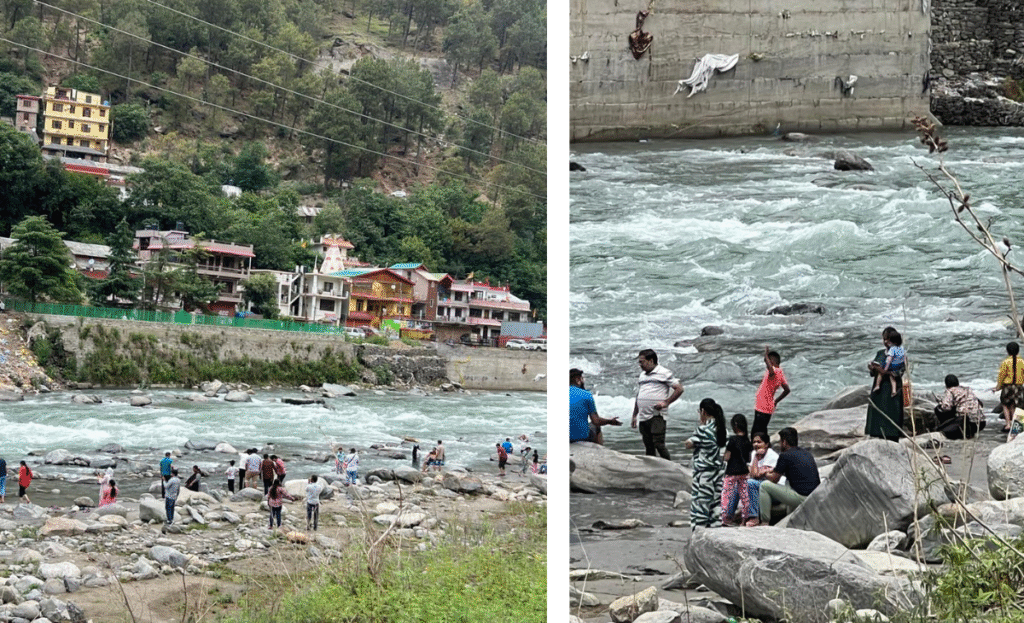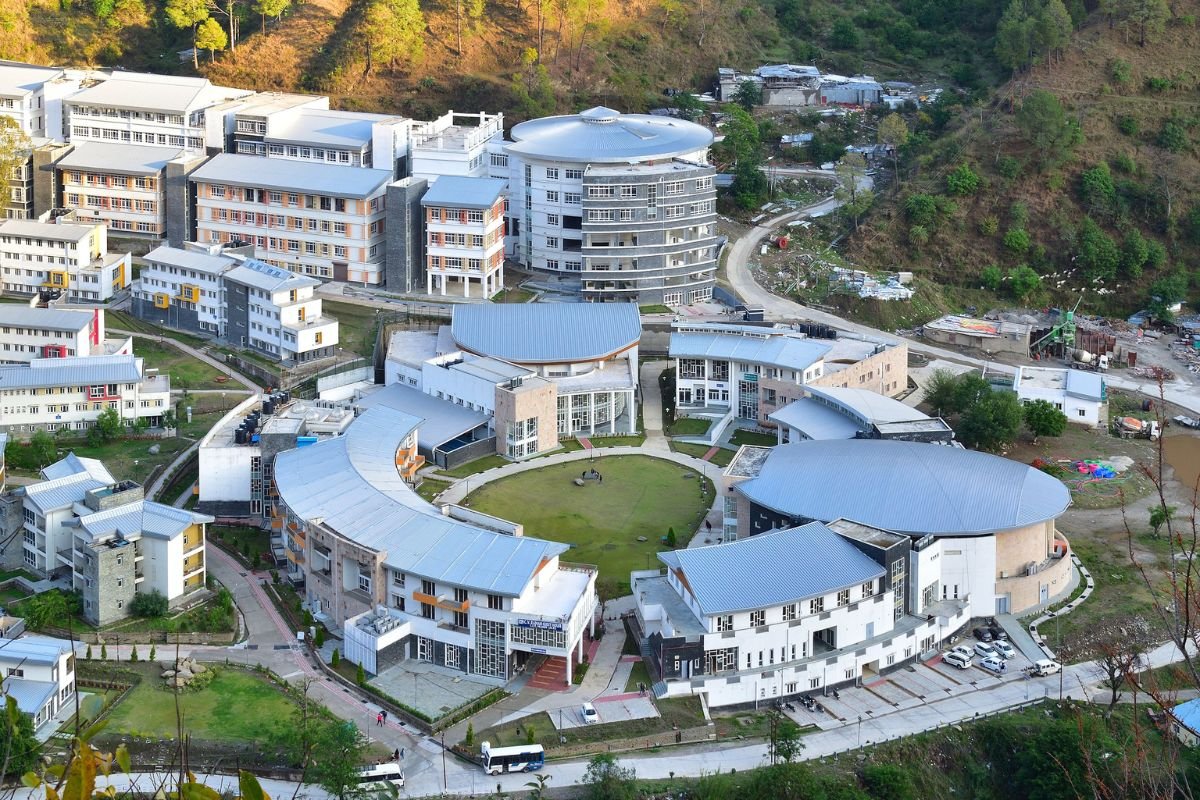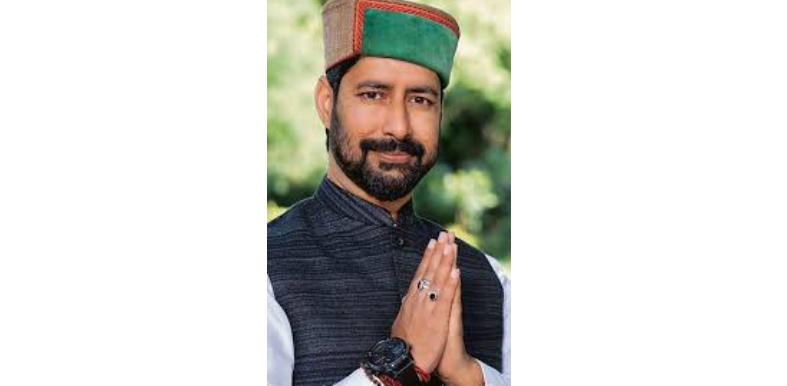Munish Sood
MANDI: As the summer tourist season peaks in Himachal Pradesh tourist hub Manali and its surrounding hotspots like Kasol, Tirthan, Banjar, Sissu and Jispa, the region is witnessing an unprecedented footfall.
Hotels are full to capacity, roads are jammed and trekking trails are bustling. But beneath the vibrance lies a shadow —Himachal’s rivers are quietly, and increasingly, claiming lives.
Tourist surge meets tragic pattern
Snow-fed rivers like the Beas and Parvati offer hypnotic beauty, but their strong currents, slippery rocks and sudden surges are proving fatal for thrill-seekers. What should be zones of natural wonder are becoming sites of tragedy.

More than 160 river-related deaths have been reported in Himachal Pradesh between 2009 and 2025, and the number continues to grow.
Despite visible signboards, local warnings, and previous incidents, tourists — driven by the pursuit of the “perfect photo” or riverside adrenaline — are ignoring basic safety protocols.
Timeline of fatal incidents
Here are some of the tragic cases:
• June 4, 2024: 17-year-old Anchal and 24-year-old Meenu, both from Uttar Pradesh, drowned while taking selfies near the Beas in Vashisht, Manali. Their bodies have not yet been recovered.
• May 26–27, 2024: Ruchi Tiwari (23) from Madhya Pradesh and Saurabh Shah (33) from Hyderabad slipped into the river near Nehru Kund while taking pictures. Ruchi’s body was retrieved; Saurabh remains missing.
• June 27, 2024: Kavita (Haryana) drowned in the Parvati near Manikaran while washing her feet.
• May 12, 2023: An 11-year-old boy from Telangana drowned at Nehru Kund in full public view, despite warning signage and patrols.
• October 2019: A tourist from Guwahati drowned after slipping from a boulder into the Parvati at Kasol.
• October 2016: 20-year-old Mohammed Fayaz from Kerala drowned while bathing in the river at Manikaran; his body was never found.
• June 8, 2014 – The Beas River Disaster: One of the deadliest incidents in Himachal’s history. A sudden release of water from the Larji Dam swept away 24 engineering students and a guide near Mandi. Despite a massive 550-member search operation, most were found dead, and the incident remains a haunting reminder of negligence—both administrative and personal.
Why tourists keep dying
Photo & selfie obsession: Social media culture drives tourists to dangerous edges of riverbanks, ignoring risks for likes and reels.
• Lack of awareness: Many visitors are unaware that snow-fed rivers are deceptively strong, often changing flow dramatically within minutes.
• Disregard for warnings: Local police and administration have erected signboards and issue public advisories. Yet many tourists bypass barricades or enter restricted zones.
• Sudden water release: Dams like the Larji Hydroelectric Project often release water unexpectedly, causing flash surges downstream—sometimes without public alerts.
Locals Speak: ‘They just don’t listen’
“We shout, we warn, we even put ropes and guards—but some tourists are too arrogant to listen,” says Ramesh Thakur, a rafting instructor in Kullu. “They want that one photo on the edge of the rock—and they slip.”
Another Manali hotelier adds, “We’ve seen more bodies pulled out of the Beas than fish. It’s heartbreaking. But what can we do when warnings fall on deaf ears?”
The Environmental Cost
Beyond the lives lost, the tourist influx is also polluting the rivers. Beer bottles, plastic wrappers, cigarette packs, and even used diapers have been spotted floating near Kasol and Chhalal.
“There’s almost no waste management here. People just throw garbage into the river,” a trekker noted on social media.





